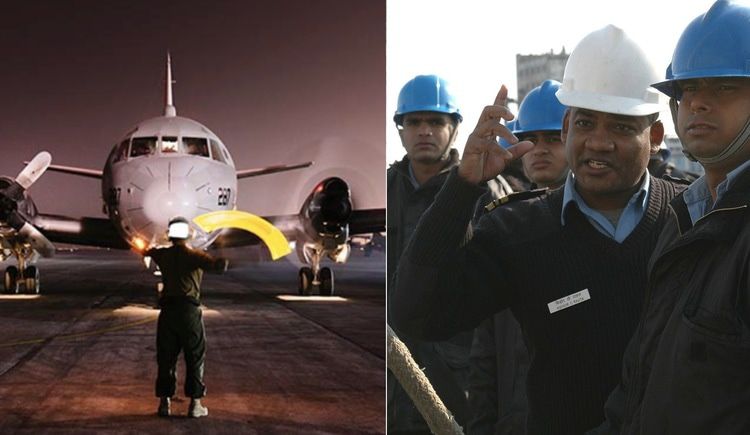From Bloomberg:
Boeing’s 737 Max Software Outsourced to $9-an-Hour Engineers
By Peter Robison
June 28, 2019, 1:46 PM PDTPlanemaker and suppliers used lower-paid temporary workers
Engineers feared the practice meant code wasn’t done rightIt remains the mystery at the heart of Boeing Co.’s 737 Max crisis: how a company renowned for meticulous design made seemingly basic software mistakes leading to a pair of deadly crashes. Longtime Boeing engineers say the effort was complicated by a push to outsource work to lower-paid contractors.
The Max software — plagued by issues that could keep the planes grounded months longer after U.S. regulators this week revealed a new flaw — was developed at a time Boeing was laying off experienced engineers and pressing suppliers to cut costs.
Increasingly, the iconic American planemaker and its subcontractors have relied on temporary workers making as little as $9 an hour to develop and test software, often from countries lacking a deep background in aerospace — notably India.
In offices across from Seattle’s Boeing Field, recent college graduates employed by the Indian software developer HCL Technologies Ltd. occupied several rows of desks, said Mark Rabin, a former Boeing software engineer who worked in a flight-test group that supported the Max.
The coders from HCL were typically designing to specifications set by Boeing. Still, “it was controversial because it was far less efficient than Boeing engineers just writing the code,” Rabin said. Frequently, he recalled, “it took many rounds going back and forth because the code was not done correctly.”
Boeing’s cultivation of Indian companies appeared to pay other dividends. In recent years, it has won several orders for Indian military and commercial aircraft, such as a $22 billion one in January 2017 to supply SpiceJet Ltd. That order included 100 737-Max 8 jets and represented Boeing’s largest order ever from an Indian airline, a coup in a country dominated by Airbus.
Based on resumes posted on social media, HCL engineers helped develop and test the Max’s flight-display software, while employees from another Indian company, Cyient Ltd., handled software for flight-test equipment. …
Boeing said the company did not rely on engineers from HCL and Cyient for the Maneuvering Characteristics Augmentation System, which has been linked to the Lion Air crash last October and the Ethiopian Airlines disaster in March. The Chicago-based planemaker also said it didn’t rely on either firm for another software issue disclosed after the crashes: a cockpit warning light that wasn’t working for most buyers.
I can’t really tell from this article if the Indians were involved in this particular Boeing catastrophe, or if this is just some Americans saying, “Reporters, now that we have your attention, let’s talk about Indians and how they might cause the next disaster.”
Sales are another reason to send the work overseas. In exchange for an $11 billion order in 2005 from Air India, Boeing promised to invest $1.7 billion in Indian companies. That was a boon for HCL and other software developers from India, such as Cyient, whose engineers were widely used in computer-services industries but not yet prominent in aerospace.
Boeing has also expanded a design center in Moscow. At a meeting with a chief 787 engineer in 2008, one staffer complained about sending drawings back to a team in Russia 18 times before they understood that the smoke detectors needed to be connected to the electrical system, said Cynthia Cole, a former Boeing engineer who headed the engineers’ union from 2006 to 2010.
When I think about risking my life to the meticulousness of the engineers of a foreign culture, Russians and Indians are always on the top of my list. You might prefer Swedes and Japanese, but what do you know?
… With a strong dollar, a big part of the attraction was price. Engineers in India made around $5 an hour; it’s now $9 or $10, compared with $35 to $40 for those in the U.S. on an H1B visa, he said. But he’d tell clients the cheaper hourly wage equated to more like $80 because of the need for supervision, and he said his firm won back some business to fix mistakes.













